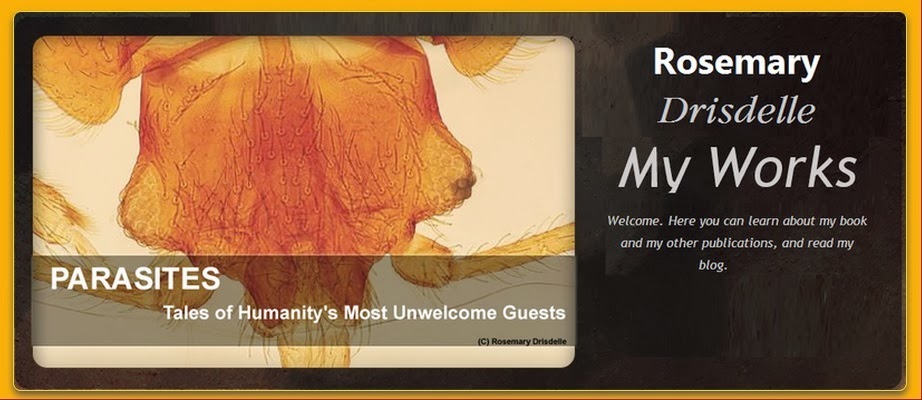Schistosome Life Cycle
People come to live near the water’s edge, to use the water and to fish. Generally, human contact with water is high, particularly for children and fishers. If schistosomes are present, along with the right snail species, escalating levels of schistosomiasis soon follow. This is how it works:
- People infected with schistosomes pass the eggs in urine or feces, and if those eggs find their way into fresh water, they hatch.
- The emerging larva seeks out an aquatic snail – only the right snail will do – and penetrates the snail, after which it multiplies asexually in the snail’s tissues.
- Larvae leave the snail host and, if a human enters the water, penetrate human skin, maturing to adult worms that reside in the tiny blood vessels around the bladder or intestine.
- Adult worms produce eggs which are passed in the urine or feces, and so on.
It makes perfect sense that water resource projects can result in rapidly increasing incidence of schistosomiasis because they bring together the two hosts of the parasites – the human and the snail – in circumstances ideal for transmission. We hardly need a more complicated explanation. It seems, however, that there’s at least one other factor that’s been left out: the African river prawn.
River Prawns and Schistosomes
 |
| River prawns are not small! This is Macrobrachium carcinus (molt). Clinton & Charles Robertson. CC BY 2.0 |
Fascinatingly, the adult river prawn lives in fresh water, but the young require brackish water – a mixture of river water and sea water – in order to survive. When we dam an African river, we cut off access to the river’s mouth where the water is brackish. Adult prawns cannot migrate downriver; young prawns cannot migrate upriver. The prawn population upstream of the dam is doomed. And what do prawns eat? Lots of things, but one of those things is snails.
So just as the dam provides beautiful habitat for the proliferation of snails, it also wipes out a key predator of those snails. Instead of tasty prawns, people living on the shores of the reservoir get schistosomiasis. That’s a bad deal.
At least one project – Project Crevette - is now rearing the prawns and releasing them into an affected river, effectively reducing the level of schistosomiasis and providing food and marketable prawns for the people in the area. That’s a good deal.
Michael B. New writes that postlarvae (the stage of prawn young that migrate upstream) of at least one species “can climb vertical surfaces and cross land, provided there is abundant moisture available” (Farming Freshwater Prawns: A Manual for the Culture of the Giant River Prawn Macrobrachium rosenbergeii. Food and Agriculture Organization of the United Nations, 2003, pg 10). One wonders how difficult it would be to re-establish the natural life cycle of the river prawn.

No comments:
Post a Comment